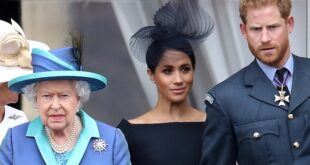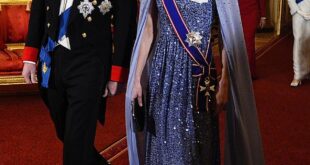The midcentury choreographer Frederick Ashton may be synonymous with ballet classicism, but his tone, “at once civilized and innocent,” the critic Edwin Denby noted, “is personal to him.” With legs seeming to spring straight from a ramrod spine and the arms alternately relaxed and tossed into the air like a bouquet, the dancing seems spontaneous rather than calculated, folksy more often than urbane, intricate without ever being fussy. The ballets breed bright optimism, when done right. But there are periods when this quintessentially British choreographer is hardly performed at all. It’s a relief, then, that the Royal Ballet, for which Ashton was foundational, is devoting three weeks to him. Of the two programs of short works, only the fairy-endowed Shakespeare one-acter The Dream—alternately a farce and a quietly eloquent tale of quelled, then reignited love—is widely reprised. The rest, early and late, will be new to all but longstanding Ashton devotees. The programs include the 1980 plotless Rhapsody, which is noble and melancholy, like the dancer, Mikhail Baryshnikov, for whom it was made; and either the frothy 1933 Rendezvous or Ashton’s homage to Isadora Duncan and a cluster of especially obscure rarities. —Apollinaire Scherr



